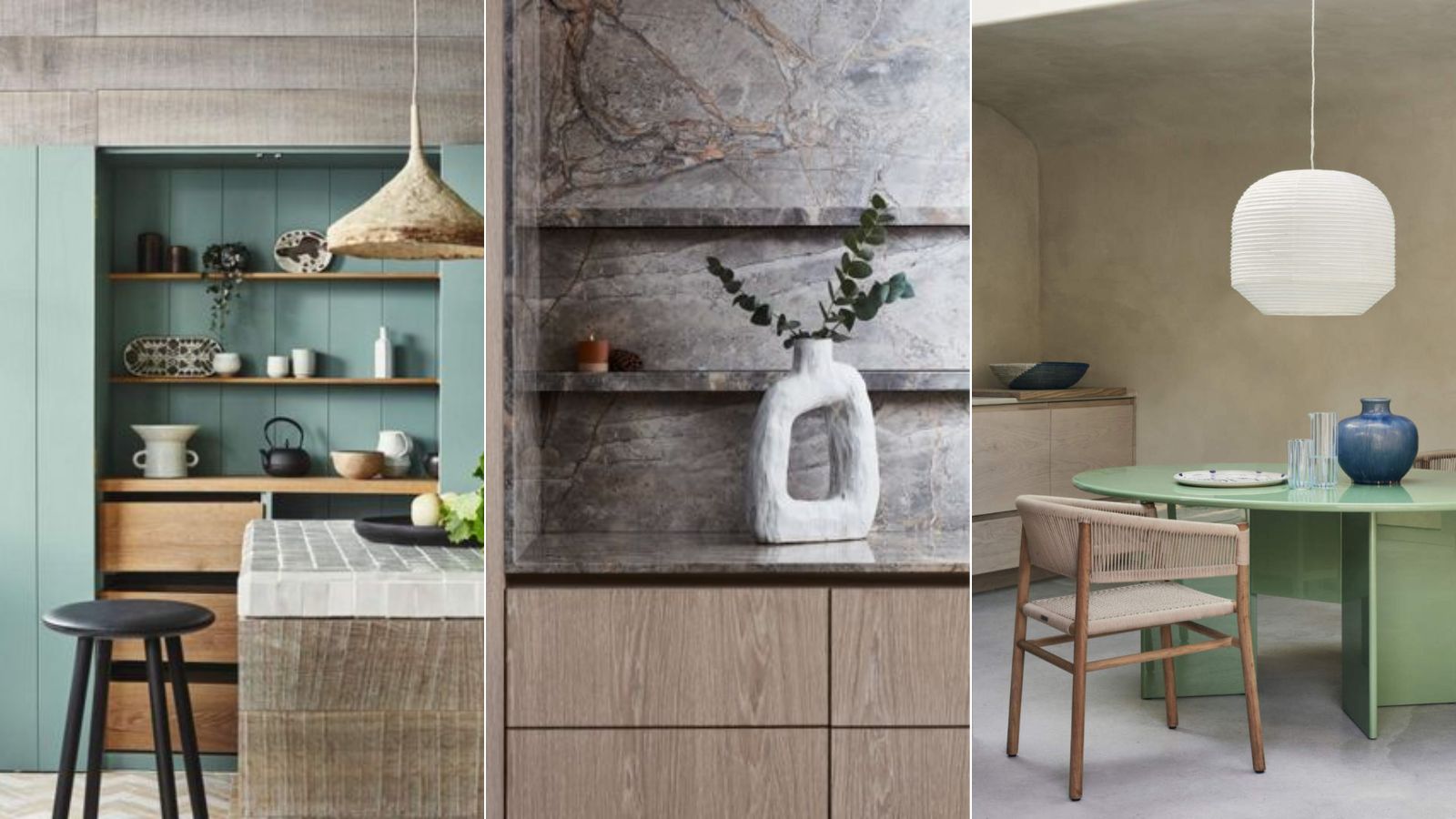
Want a more ordered and relaxing kitchen environment to enhance the flow of meal prep and cooking? Well, these Japanese organizing techniques may be just what you need to help you create the optimal kitchen arrangement.
Japanese organization techniques – rooted in principles like simplicity, mindfulness, and order – incorporate decluttering and cleaning to enhance kitchen functionality and cultivate an environment where each item has a purpose.
These methods aim to create an organized and tranquil space that promotes efficiency and a mindful approach to cooking and meal preparation. Here's how to organize your kitchen in line with five Japanese organizing principles.
How to apply Japanese organization techniques to your kitchen
Inspired by Japanese home minimalism, Japanese organization techniques emphasize the importance of keeping only what you need, creating a clean and organized space. This method goes beyond mere organization; it promotes mindfulness in both the organizing ritual and in transforming the space.
1. Ma
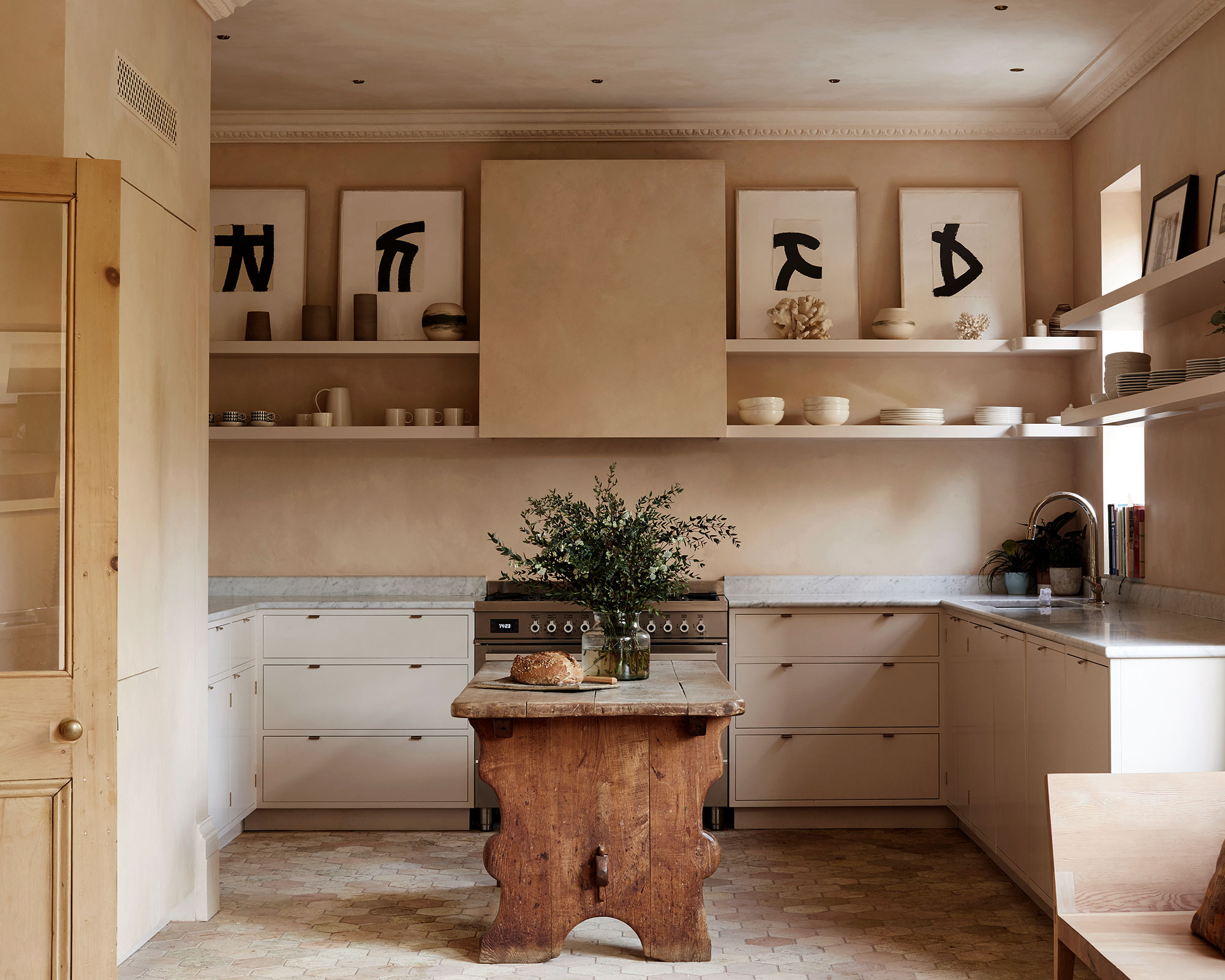
The concept of 'Ma' focuses on the intentional use of space. It incorporates negative space and intervals between objects to create open pathways.
Robin Aebischer, an interior designer and co-founder of BUYnBLUE, explains: 'This technique involves creating space between objects for better flow and harmony in the kitchen. You can create 'Ma' by leaving some counter space empty or using open shelving to display your dishes.'
You can also give your kitchen a sense of openness by leaving breathing room in your cabinets and countertops. This may require decluttering your kitchen to remove unnecessary and duplicate items to create space for a minimalist and purposeful arrangement.
Georgina Ross, interior designer and founder of Simply Tablecloths, adds: 'The Japanese concept of 'Ma' (harmonious space) often involves bringing elements of nature into the design, like a small herb garden on the windowsill or natural fibers in kitchen textiles. It adds a refreshing touch to the kitchen and aligns with the Japanese appreciation for nature.'
2. Danshari
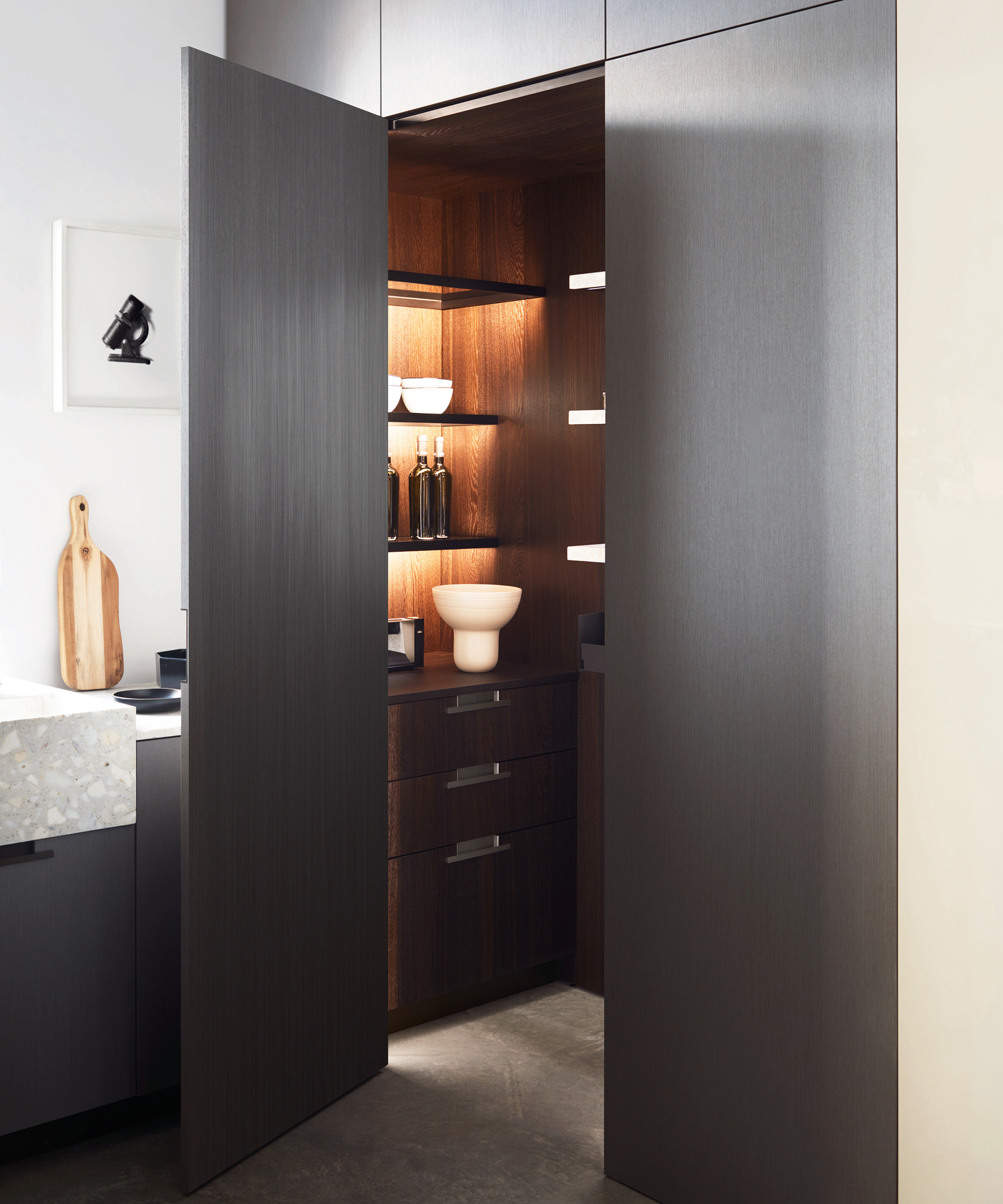
Danshari, or life cleansing, is a decluttering technique that focuses on detaching from unnecessary possessions, encapsulated by the principles of refuse (Dan), dispose (Sha), and separate (Ri).
'Embracing the Japanese practice of 'Danshari' is important to regularly reassess kitchen items and declutter,' says Georgina Ross. 'This practice not only maintains organization but also ensures that the kitchen remains a welcoming and efficient space.'
To adopt this technique, first, you need to take out all items in the kitchen, then determine what you need to keep and give away (refuse and dispose of). Bid farewell to items on your kitchen decluttering checklist, including duplicate utensils, expired ingredients, and excess dishes and gadgets that are collecting dust.
Separate your attachment to these material possessions, considering whether each item truly serves you. This makes the process more purposeful.
'Danshari teaches us that our possessions don't define us, allowing us to let go with ease,' Georgina Ross explains. 'This physical and mental cleansing can help you feel renewed and refreshed.'
3. KonMari
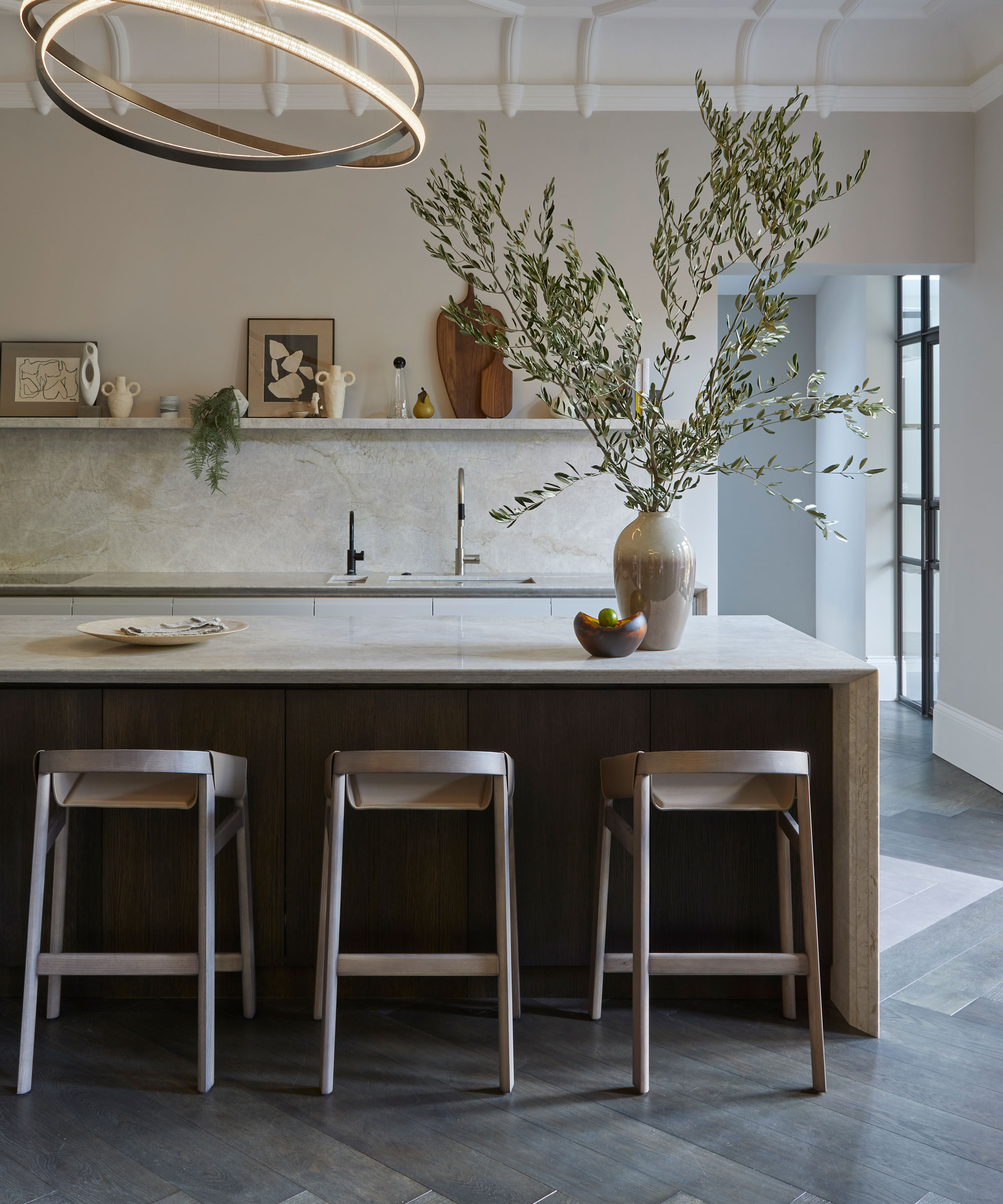
'The KonMari method, pioneered by Marie Kondo, revolves around the idea of keeping only items that spark joy,' explains Robin Aebischer. 'It's about embracing simplicity and letting go of items that no longer serve a purpose.'
When organizing kitchen utensils and tools, declutter items by category based on what makes you happy and what you use most often. Thank the items you part with. This technique appreciates the importance of each item in your kitchen.
Once you've decided what items to retain, evaluate your kitchen storage and organize your items by allocating a designated spot for each one.
'Display essential kitchenware within easy reach in an organized and aesthetically pleasing manner, to turn your kitchen into a space that truly sparks joy,' says Robin Aebischer.
The KonMari method also emphasizes keeping items that enable your ideal lifestyle. For example, if you enjoy kintsugi, display your pottery on open shelves. If you love morning coffee, consider designing a coffee station.
Additionally, making adjustments and adding vertical storage can create more usable space. You can invest in organizers within drawers and cabinets to keep similar items grouped seamlessly, tiered shelves, and lid organizers.
4. Oosouji
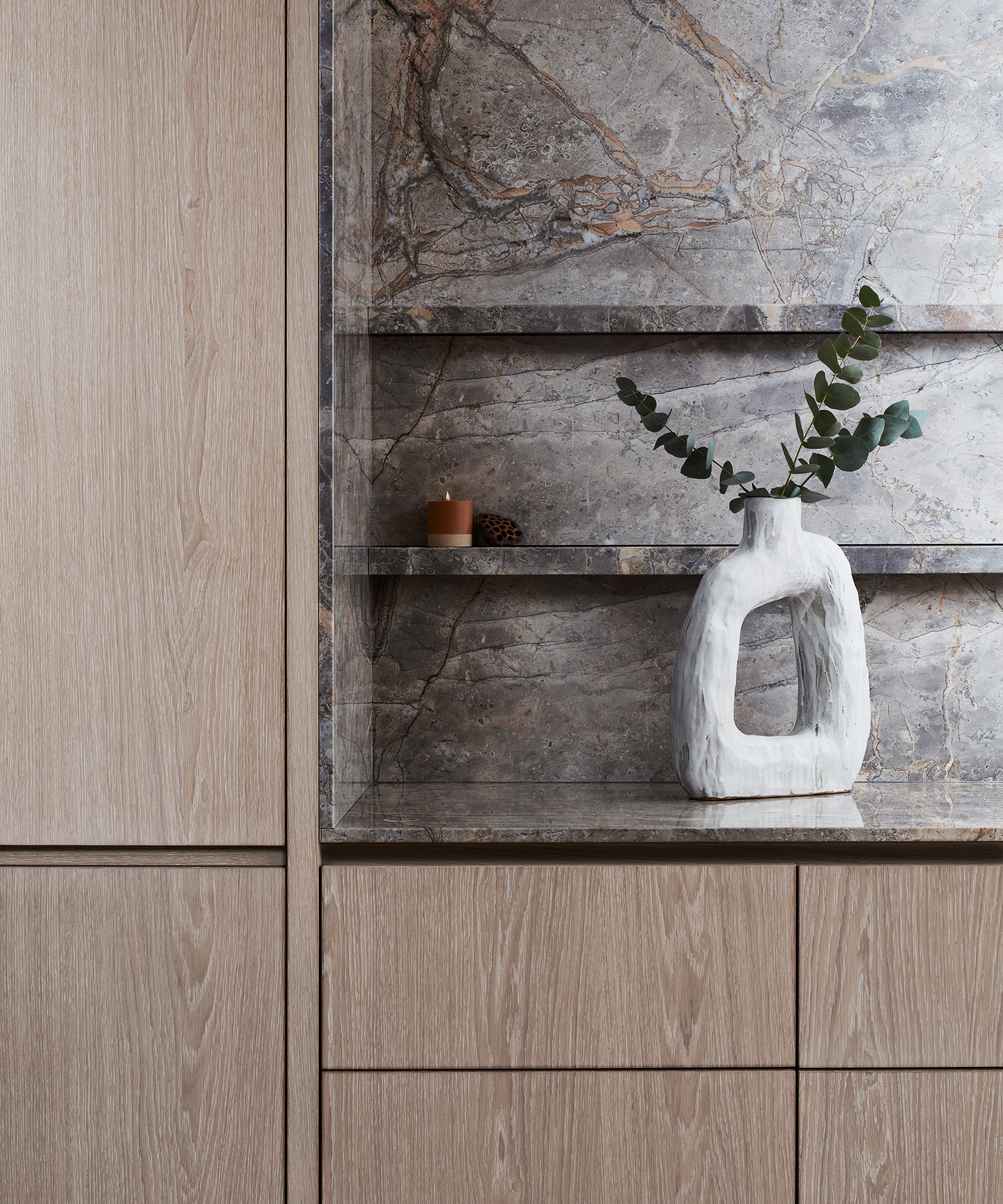
'This is a deep cleaning technique done at the end of the year,' explains Robin Aebischer. 'To apply this to your kitchen, start by taking everything out of your cabinets and drawers. Then, clean each item thoroughly before putting it back.'
Oosouji is meant to bring a fresh start to the new year with therapeutic cleaning. It is traditionally done on the 28th of December, but why not do it whenever you feel a kitchen cleanse would be beneficial?
When cleaning a kitchen, pay special attention to hard-to-reach areas and don't neglect the dirty hidden areas of the kitchen we often forget to clean.
5. 5S
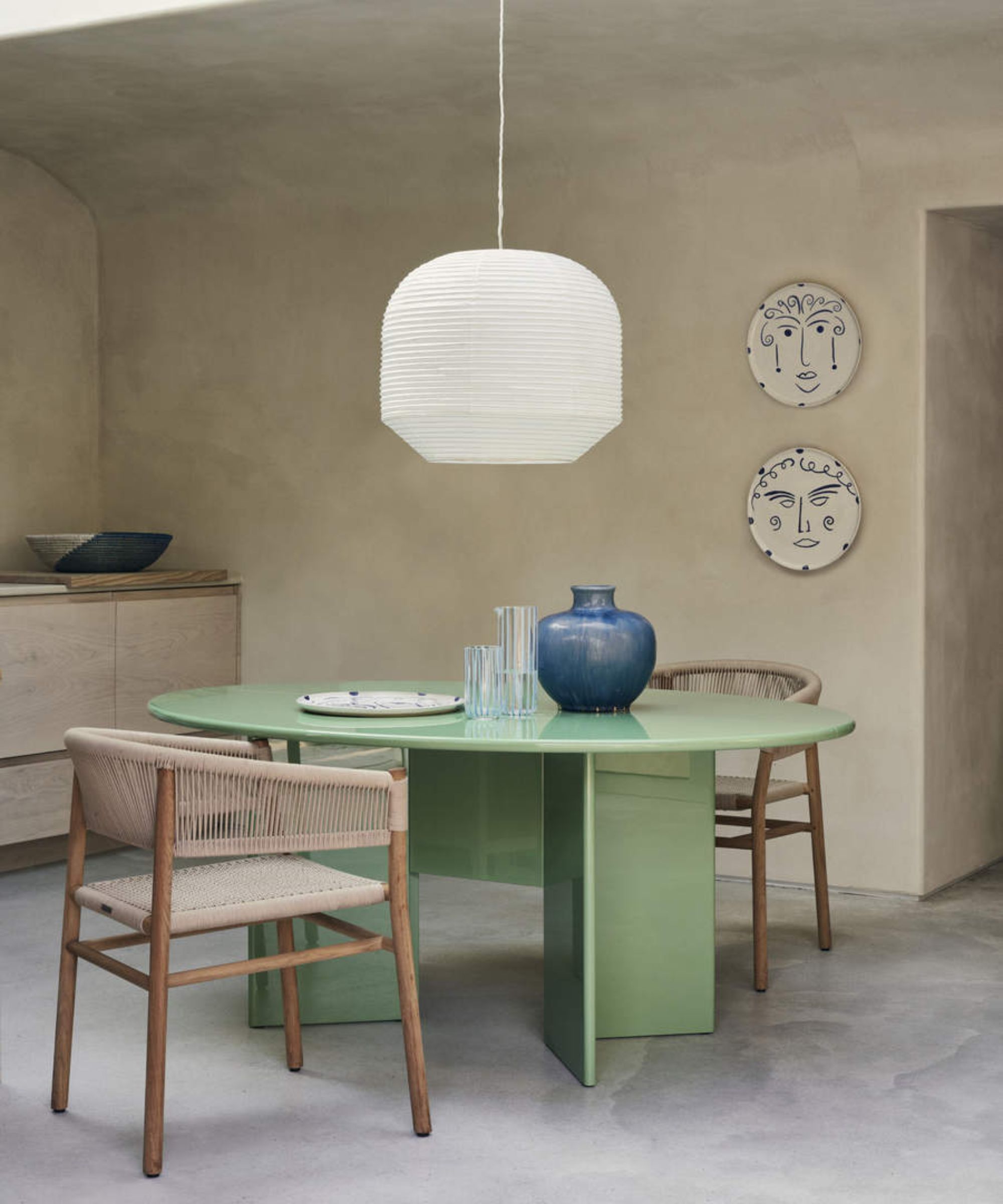
The 5S method represents five Japanese words, each starting with the letter "S", which signify different principles of organizing.
'This method involves sorting, simplifying [setting in order], sweeping [shining], standardizing, and sustaining,' explains Robin Aebischer. This is how you can apply this to your kitchen:
Start by sorting through your items and getting rid of anything that is unnecessary.
Then, simplify your space by organizing your items in a way that makes sense to you.
Sweep your floors and wipe down your counters.
Standardize your space by creating a system for where everything goes.
Finally, sustain your space by maintaining a regular organizing and cleaning routine.
FAQs
How do you organize your kitchen workflow according to Japanese organizing principles?
'In a Japanese kitchen, every item has its designated place, based on the frequency of use and ease of access,' says Georgina Ross, interior designer. 'Items used daily should be stored within easy reach, possibly on open shelves or hanging rods. Less frequently used items can be stored away in cabinets or higher shelves. This method ensures a practical and efficient workflow in the kitchen.'
How do you incorporate Japanese organizing techniques to any space?
To implement these organizing techniques in any room of your home, regularly review and discard unused, unnecessary, and duplicate items.
Keep only items with a purpose or that spark joy.
Focus on storage solutions that maximize efficiency – such as vertical storage and kitchen organizers.
Assign each item to a designated place and practice returning things to their proper place after use.
Arrange items in a systematic order, considering the frequency of use. This helps maintain order and makes it easier to find what you need.
'Japanese design values aesthetics and visual harmony,' concludes interior designer, Georgina Ross. 'You can achieve this in your own home by using a consistent kitchen color palette and natural materials like wood or bamboo for storage containers and utensils. The aim is to create a serene and visually pleasing environment that enhances the cooking experience.'







